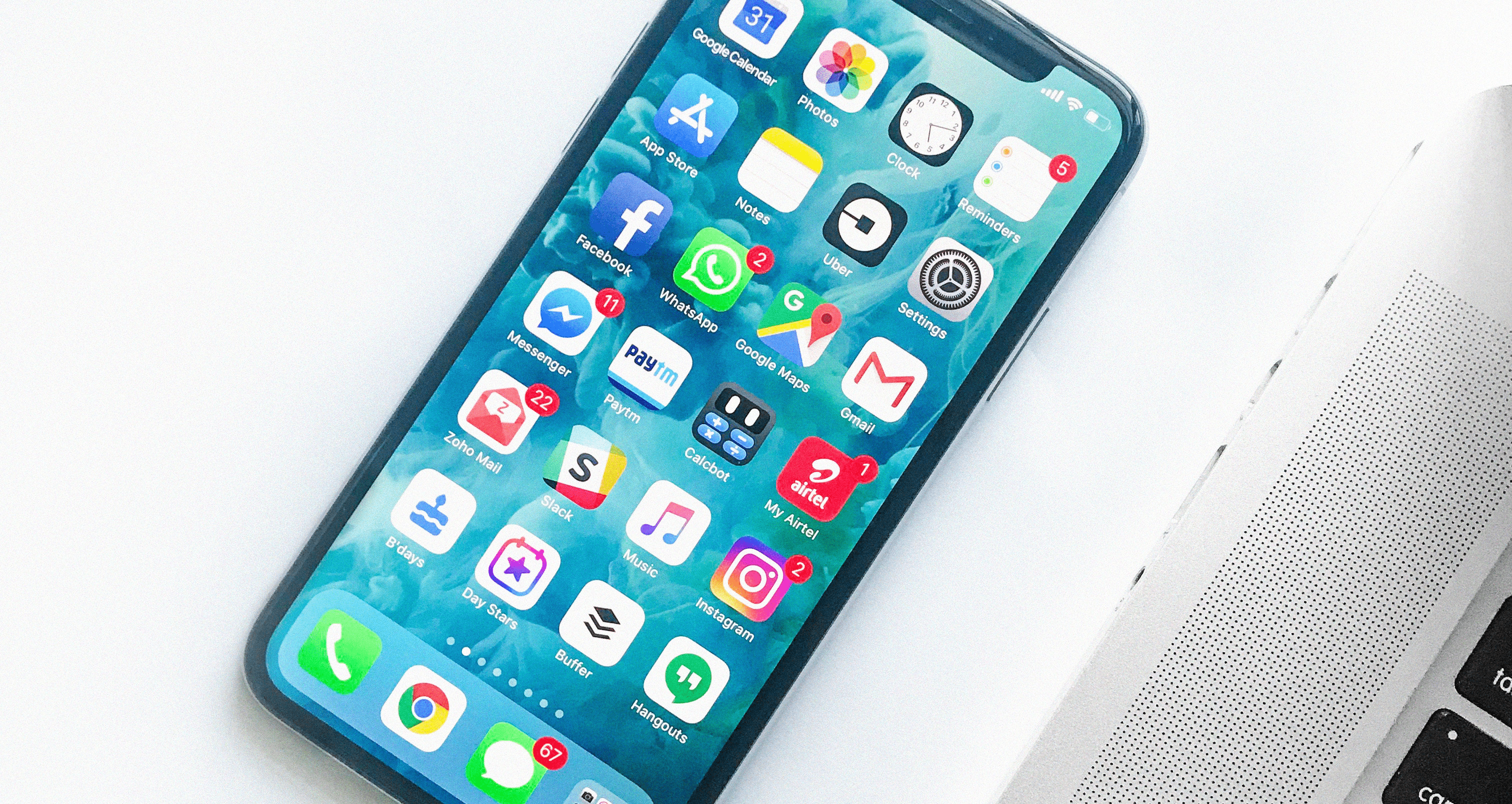Mobile apps and websites are all of the rage, with the deepening market penetration of devices like the iPhone and the Blackberry over the previous few years. Gartner reports that 2009 sales of smartphones extended greater than 20% over 2008, with expectancies that that boom will preserve. Examples of cell crashes are everywhere, but right here are some:
Does context crown content material?
Traditionally, content is king, and context is queen, if not prince or princess. But with cells, a few contexts are going to crown content. The Users are now interacting with and using facts in locations where they had earlier. If carried out right, mobile design can be sympathetic to context. An interactive path map will be very beneficial for a hiker, as it is a properly sturdy avenue map for a stranger to a town. Create an app or website online with the proper records for the right context, and you can have a winner when you design a layout for a spread of contexts. An excellent way to discover how users interact with your application is to check the interplay inside the subject with real users.

Web layout vs. Cellular design
No one is better equipped to adapt to mobile interaction design than net designers. However, mobile web designers must not make identical errors as designers of many websites of the early to mid-1990s – drafting an old medium onto a new one. To rephrase: print design is to web layout as internet design is to design for cellular. Design and usefulness considerations should take this into account.
The web page and the card
The above being said, the broadcast page metaphor became being carried over to the internet with validity in many instances: the enormous majority of internet pages have been dimensional, flat, and contain a mixture of ordinarily textual content with some images. All of this becomes very just like published pages in magazines and books. Many different web pages had been interactive, multi-dimensional, and nothing like printed pages.
A metaphor for mobile design is cardboard. Cards come in many bureaucracies, in case you consider it. There are gambling cards, business cards, credit score playing cards, index playing cards, and many more possibilities. As you lay out an interplay, think about which card it is most like, what you can research from the form of that card, and what can be carried over to the design of your cell app or interplay. How is it going to be extraordinary?
Some basics of designing usable apps for mobile
Designers of cell apps and websites could serve themselves thoroughly if they returned to the essentials of personal enjoyment of design. Prototype your design using paper and other fashions. What capabilities will create loyalty? How and wherein do you brand your interplay? What sort of interplay are you making, and how does the layout reflect this – i.e… Is it cool and catchy, realistic and smart? How can you simplify your mobile interplay? How can you optimize area utilization and practicality? Test on customers. Please go out and interview them with admiration of the feasibility of your app.
Send them out inside the area with an iteration of your app and let them look at it in various places and contexts, with okay approaches of reporting check findings. Problems with mobility and value are often platform-primarily based. Many of the troubles related to cellular usability are built right into cellular devices: their too-small monitors and keyboards and troubles with infrastructure like interrupted provider and limited bandwidth. However, smart app designers will triumph over those or, as a minimum, work around them.
- SignCommand.Com Announces Free Animation Templates
- MAC pulls through a year of the United States and downs
- The Laws of Wellness: Keys to Understanding Your Chances for a Healthy Life
- 7 Habits of Highly Successful Bloggers and Make Your Logo
- What’s Up With the Latest Mobile Apps?
Many unsuccessful cell apps and websites fail due to their poor layout. Suppose cellular is critical to your business enterprise’s method, build, and design, particularly for cell customers. User checking out and user revelations in design can bring about a 20% boom in ineffectiveness. This can cause a big gap in consumer loyalty to your product over the competition’s interactions.

